Acute glomerulonephritis (AGN) is a significant renal disorder that demands vigilant nursing care and prompt intervention. This condition, characterized by inflammation of the glomeruli in the kidneys, can lead to impaired kidney function and potential complications.
This nursing note aims to explore the multifaceted aspects of AGN, including its causes, clinical manifestations, diagnostics, medical management, and nursing interventions.
What is Acute Glomerulonephritis?
Hippocrates originally described the natural history of acute glomerulonephritis (GN), writing of back pain and hematuria followed by oliguria or anuria. Richard Bright (1789-1858) described acute GN clinically in 1827, which led to the eponymic designation Bright disease. With the development of the microscope, Theodor Langhans (1839-1915) was later able to describe the pathophysiologic glomerular changes.
- Acute glomerulonephritis (GN) comprises a specific set of renal diseases in which an immunologic mechanism triggers inflammation and proliferation of glomerular tissue that can result in damage to the basement membrane, mesangium, or capillary endothelium.
- Acute GN is defined as the sudden onset of hematuria, proteinuria, and red blood cell (RBC) casts in the urine.
- Acute GN is a condition that appears to be an allergic reaction to a specific infection, most often group A beta-hemolytic streptococcal infection.
Pathophysiology
Acute Glomerulonephritis involves both structural changes and functional changes.
- Structurally, cellular proliferation leads to an increase in the number of cells in the glomerular tuft because of the proliferation of endothelial, mesangial, and epithelial cells.
- The proliferation may be endocapillary (i.e., within the confines of the glomerular capillary tufts) or extracapillary (ie, in the Bowman space involving the epithelial cells).
- In extracapillary proliferation, proliferation of parietal epithelial cells leads to the formation of crescents, a feature characteristic of certain forms of rapidly progressive GN.
- Leukocyte proliferation is indicated by the presence of neutrophils and monocytes within the glomerular capillary lumen and often accompanies cellular proliferation.
- Glomerular basement membrane thickening appears as thickening of capillary walls on light microscopy.
- Electron-dense deposits can be subendothelial, subepithelial, intramembranous, or mesangial, and they correspond to an area of immune complex deposition.
- Hyalinization or sclerosis indicates irreversible injury.
- These structural changes can be focal, diffuse or segmental, or global.
- Functional changes include proteinuria, hematuria, reduction in GFR (ie, oliguria or anuria), and active urine sediment with RBCs and RBC casts.
- The decreased GFR and avid distal nephron salt and water retention result in expansion of intravascular volume, edema, and, frequently, systemic hypertension.
Statistics and Incidences
Acute Glomerulonephritis represents 10-15% of glomerular diseases.
- Acute GN has a peak incidence in children 6 to 7 years of age and occurs twice as often in boys.
- In the United States, GN comprises 25-30% of all cases of end-stage renal disease (ESRD).
- About one fourth of patients present with acute nephritic syndrome.
- Worldwide, IgA Nephropathy (Berger disease) is the most common cause of GN.
- In Port Harcourt, Nigeria, the incidence of acute GN in children aged 3-16 years was 15.5 cases per year, with a male-to-female ratio of 1.1:1; the current incidence is not much different.
- A study from a regional dialysis center in Ethiopia found that acute GN was second only to hypovolemia as a cause of acute kidney injury that required dialysis, accounting for approximately 22% of cases.
- Postinfectious GN can occur at any age but usually develops in children.
- Most cases occur in patients aged 5-15 years; only 10% occur in patients older than 40 years.
- Acute GN predominantly affects males (2:1 male-to-female ratio).
Causes
The causal factors that underlie acute GN can be broadly divided into infectious and noninfectious groups.
- Infectious. The most common infectious cause of acute GN is infection by Streptococcus species (ie, group A, beta-hemolytic).
- Noninfectious. Noninfectious causes of acute GN may be divided into primary renal diseases, systemic diseases, and miscellaneous conditions or agents.
Clinical Manifestations
Presenting symptoms appear 1 to 3 weeks after the onset of a streptococcal infection.
- Hematuria. Usually the presenting symptom is grossly bloody urine; the caregiver may describe the urine as smoky or bloody.
- Periorbital edema. Periorbital edema and/or pedal edema may accompany or precede hematuria.
- Fever. Fever may be 103°F to 104°F at the onset but decreases in a few days to about 100°F.
- Hypertension. Hypertension occurs in 60% to 70% of patients during the first 4 or 5 days.
- Oliguria. Oliguria (production of a subnormal volume of urine) is usually present, and the urine has a high specific gravity and contains albumin, red and white blood cells, and casts.
- Fluid overload. Observe for periorbital and/or pedal edema; edema and hypertension due to fluid overload (in 75% of patients); crackles (ie, if pulmonary edema); elevated jugular venous pressure; ascites and pleural effusion (possible).
- Cerebral symptoms. Cerebral symptoms consisting mainly of headache, drowsiness, convulsions, and vomiting occur in connection with hypertension in a few cases.
Assessment and Diagnostic Findings
There are a lot of renal syndromes that may mimic the symptoms of acute GN, so accurate assessment and diagnosis are essential.
- Initial blood tests. A CBC is performed; a decrease in the hematocrit may demonstrate dilutional anemia; in the setting of an infectious etiology, pleocytosis may be evident; electrolyte levels are measured (particularly the serum potassium), along with BUN and creatinine (to allow estimation of the glomerular filtration rate [GFR]); the BUN and creatinine levels will exhibit a degree of renal compromise and GFR may be decreased.
- Complement levels. Differentiation of low and normal serum complement levels may allow the physician to narrow the differential diagnosis.
- Urinalysis. The urine is dark; its specific gravity is greater than 1.020; RBCs and RBC casts are present; and proteinuria is observed.
- Streptozyme tests. The streptozyme tests test includes many streptococcal antigens that are sensitive for screening but are not quantitative, such as DNAase, streptokinase, streptolysin O, and hyaluronidase; the antistreptolysin O (ASO) titer is increased in 60-80% of patients; increasing ASO titers or streptozyme titers confirm recent infection.
- Blood and tissue cultures. Blood culture is indicated in patients with fever, immunosuppression, intravenous (IV) drug use history, indwelling shunts, or catheters; cultures of throat and skin lesions to rule out Streptococcus species may be obtained.
Medical Management
Treatment of acute glomerulonephritis (AGN) is mainly supportive because there is no specific therapy for renal disease.
- Diet. Sodium and fluid restriction should be advised for the treatment of signs and symptoms of fluid retention (eg, edema, pulmonary edema); protein restriction for patients with azotemia should be advised if there is no evidence of malnutrition.
- Activity. Bed rest is recommended until signs of glomerular inflammation and circulatory congestion subside as prolonged inactivity is of no benefit in the patient recovery process.
- Long-term monitoring. Long-term studies on children with AGN have revealed few chronic sequelae.
Pharmacologic Management
The goals of pharmacotherapy are to reduce morbidity, to prevent complications, and to eradicate the infection.
- Antibiotics. In streptococcal infections, early antibiotic therapy may prevent antibody response to exoenzymes and render throat cultures negative, but may not prevent the development of AGN.
- Loop diuretics. Loop diuretics decrease plasma volume and edema by causing diuresis. The reductions in plasma volume and stroke volume associated with diuresis decrease cardiac output and, consequently, blood pressure.
- Vasodilators. These agents reduce systemic vascular resistance, which, in turn, may allow forward flow, improving cardiac output.
- Calcium channel blockers. Calcium channel blockers inhibit the movement of calcium ions across the cell membrane, depressing both impulse formation (automaticity) and conduction velocity.
Nursing Management
The nurses’ role in the care of a child with AGN is crucial.
Nursing Assessment
Assessment of a child with AGN includes:
- Physical examination. Obtain complete physical assessment
- Assess weight. Monitor daily weight to have a measurable account on the fluid elimination.
- Monitor intake and output. Monitor fluid intake and output every 4 hours to know progressing condition via glomerular filtration.
- Assess vital signs. Monitor BP and PR every hour to know progression of hypertension and basis for further nursing intervention or referral.
- Assess breath sounds. Assess for adventitious breath sounds to know for possible progression in the lungs.
Nursing Diagnoses
Based on the assessment data, the major nursing diagnoses are:
- Ineffective breathing pattern related to the inflammatory process.
- Altered urinary elimination related to decreased bladder capacity or irritation secondary to infection.
- Excess fluid volume related to a decrease in regulatory mechanisms (renal failure) with the potential of water.
- Risk for infection related to a decrease in the immunological defense.
- Imbalanced nutrition less than body requirements related to anorexia, nausea, vomiting.
- Risk for impaired skin integrity related to edema and pruritus.
- Hyperthermia related to the ineffectiveness of thermoregulation secondary to infection.
Nursing Care Planning and Goals
Nursing care planning goals for a child with acute glomerulonephritis are:
- Excretion of excessive fluid through urination.
- Demonstration of behaviors that would help in excreting excessive fluids in the body.
- Improvement of distended abdominal girth.
- Improvement of respiratory rate.
- Participation and demonstration of various ways to achieve effective tissue perfusion.
Nursing Interventions
Nursing care of a child with AGN includes the following interventions:
- Activity. Bed rest should be maintained until acute symptoms and gross hematuria disappear.
- Prevent infection. The child must be protected from chilling and contact with people with infections.
- Monitor intake and output. Fluid intake and urinary output should be carefully monitored and recorded; special attention is needed to keep the intake within prescribed limits.
- Monitor BP. Blood pressure should be monitored regularly using the same arm and a properly fitting cuff.
- Monitor urine characteristics. The urine must be tested regularly for protein and hematuria using dipstick tests.
Evaluation
Goals are met as evidenced by:
- Excretion of excessive fluid through urination.
- Demonstration of behaviors that would help in excreting excessive fluids in the body.
- Improvement of distended abdominal girth.
- Improvement of respiratory rate.
- Participation and demonstration of various ways to achieve effective tissue perfusion.
Documentation Guidelines
Documentation in a child with AGN must include:
- Individual findings, including factors affecting, interactions, nature of social exchanges, specifics of individual behavior.
- Cultural and religious beliefs, and expectations.
- Plan of care.
- Teaching plan.
- Responses to interventions, teaching, and actions performed.
- Attainment or progress toward desired outcome.



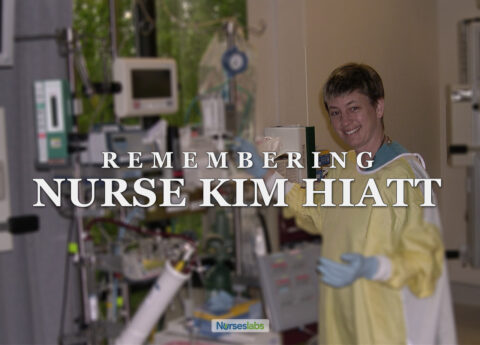



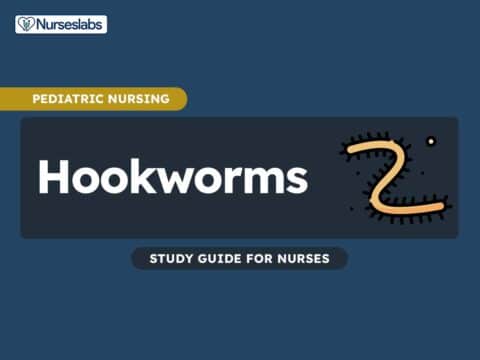
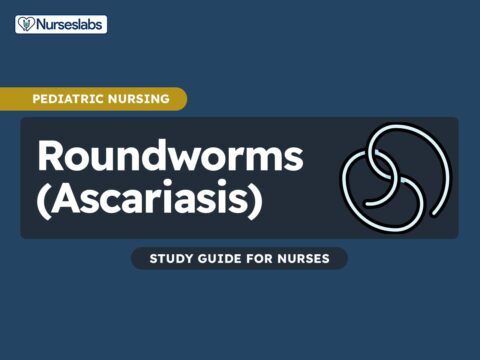
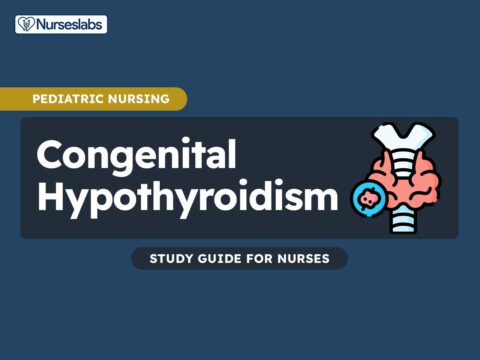
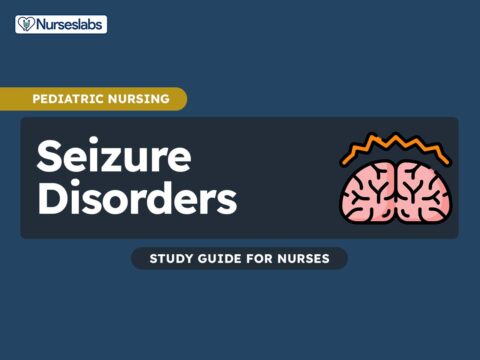
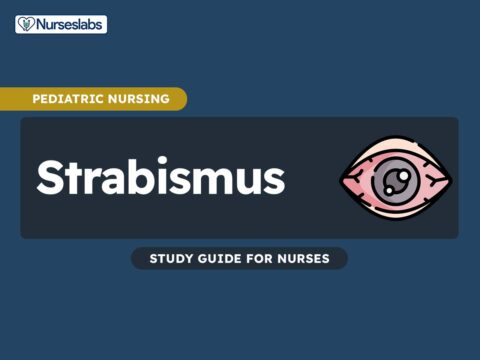
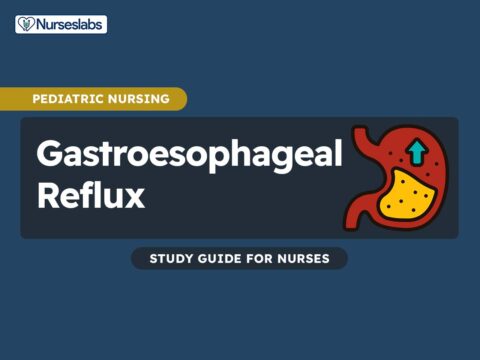

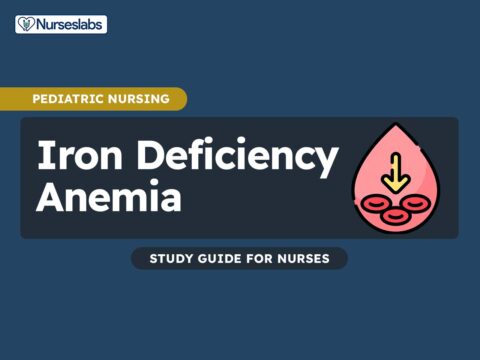


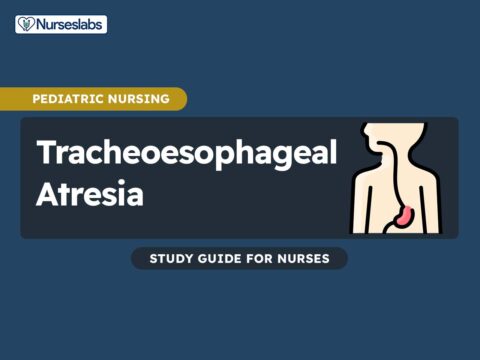

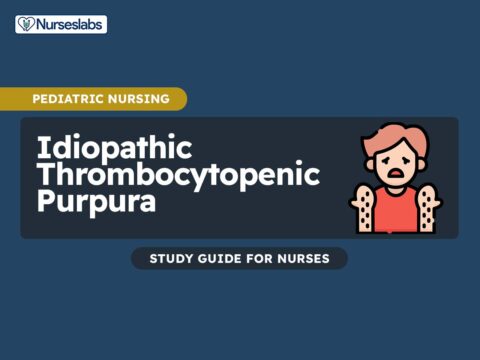

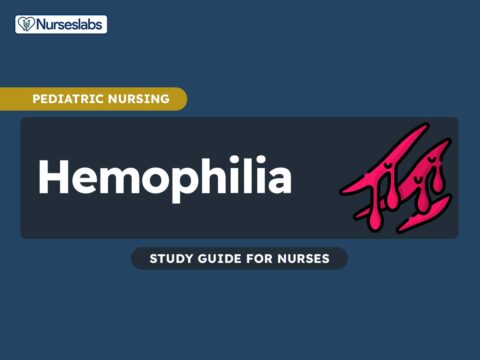

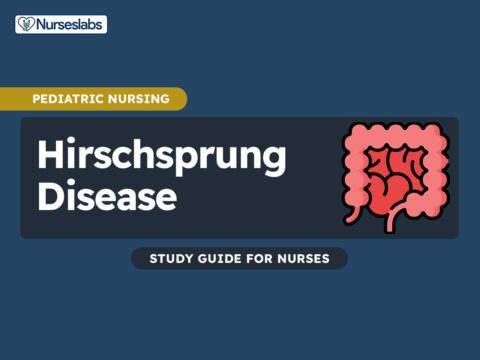
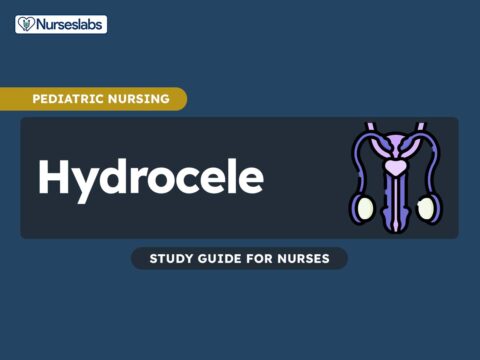


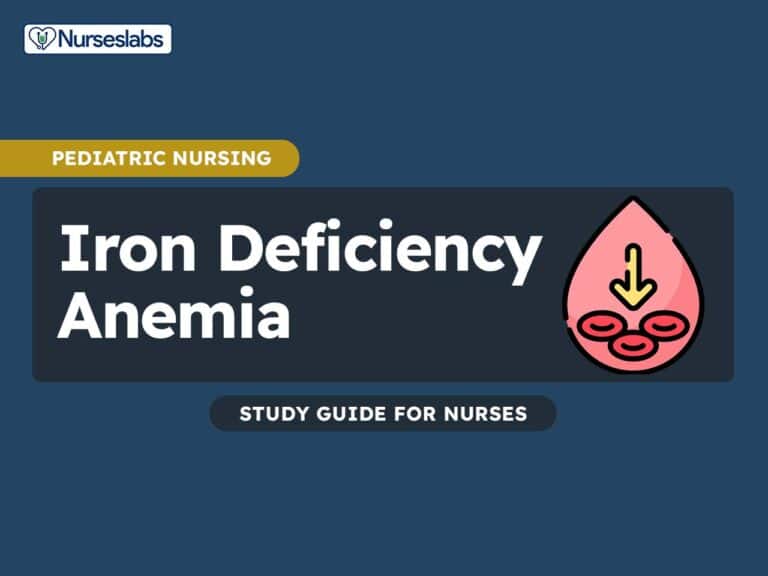
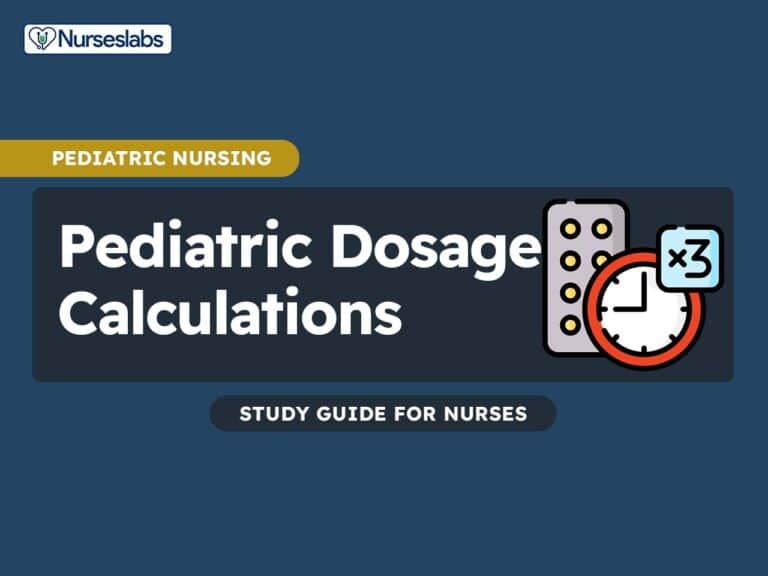

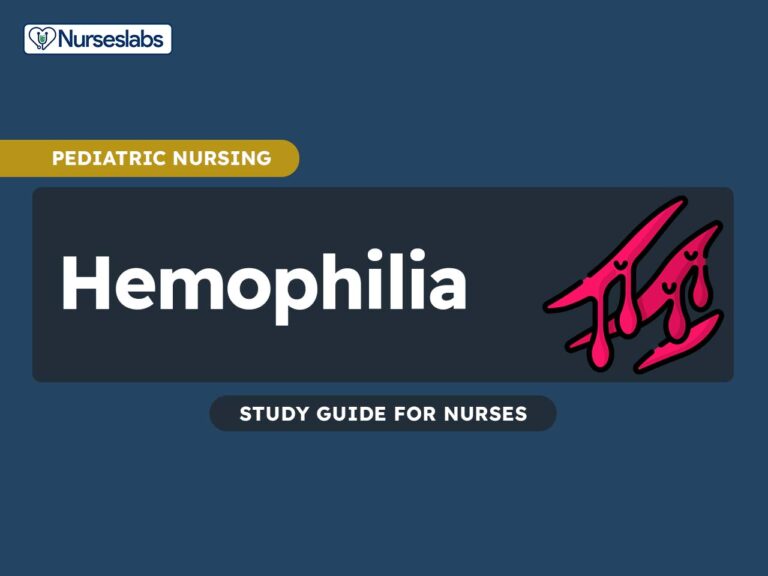
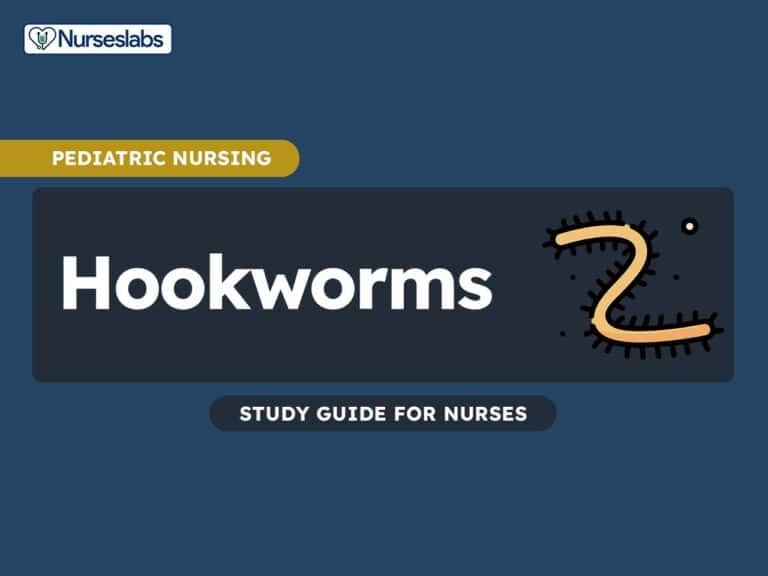

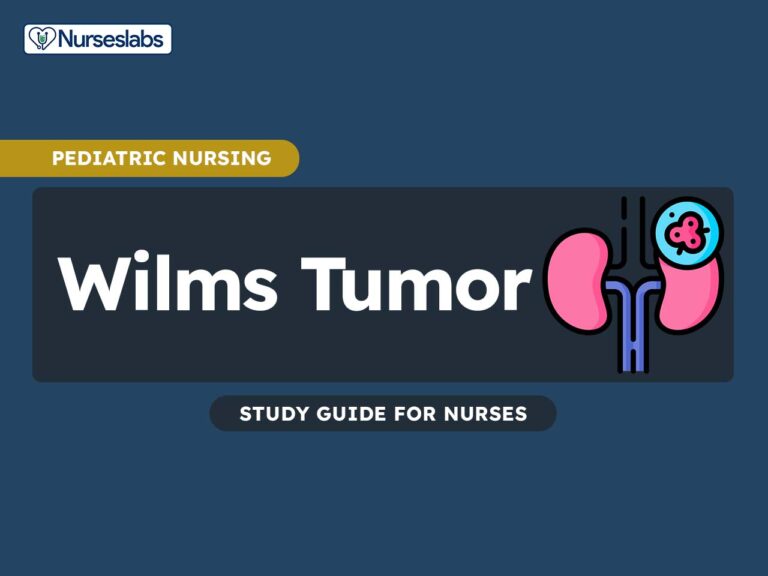
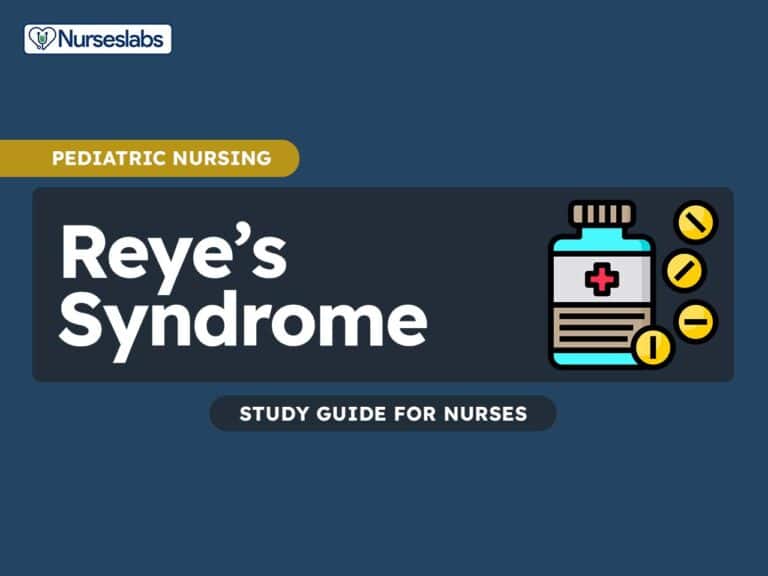


Leave a Comment